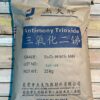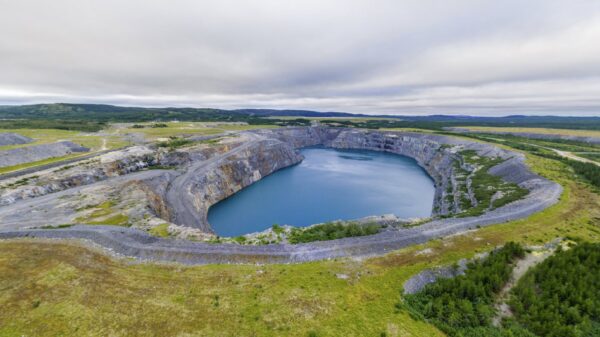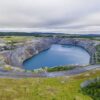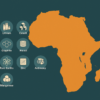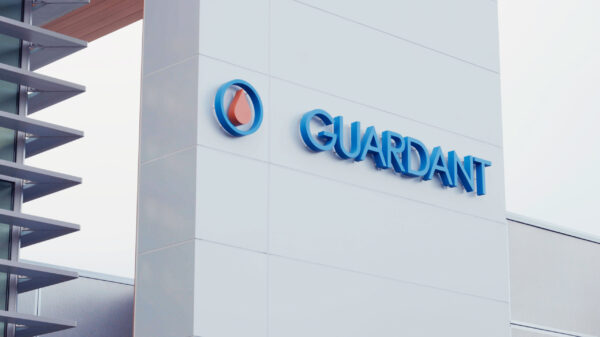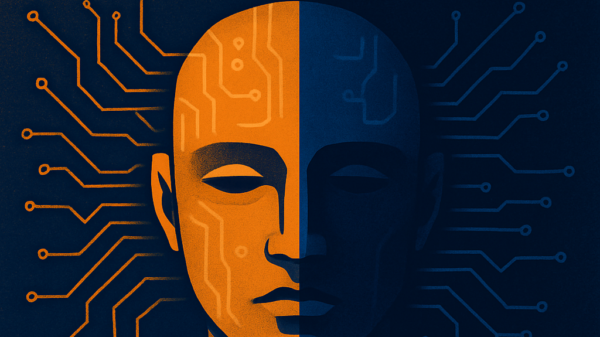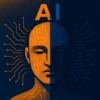Australian copper giant BHP Group Limited (ASX: BHP) and Microsoft Corp. (NASDAQ: MSFT) have joined forces to use artificial intelligence to improve copper recovery at BHP’s Escondida mine in northern Chile.
Announced on Tuesday, the initiative comes as a response to the company’s Copper Concentrator Challenge launched in Sept. 2022, issued to increase copper recovery rates.
The partnership uses BHP’s newly Azure Machine Learning operations platform and other Azure services like Azure Synapse Analytics and Azure Data Lake Storage. These Azure services facilitate the efficient management of machine learning operations, data storage, data analysis, and the overall optimization of their mining operations.
BHP has used these technologies to enhance the efficiency of the concentrator circuit in their mine. This circuit plays a vital role in extracting, floating, and gathering the copper mineral from crushed and milled ore deposits. Currently, the mine is extending the application of this technology to a second concentrator located at Escondida.
BHP employs real-time plant data from the copper concentrators and leverages Azure Machine Learning to generate hourly predictions. These predictions are subsequently transformed into machine learning-driven recommendations for the Escondida operations team.
“We expect the next big wave in mining to come from the advanced use of digital technologies,” said Laura Tyler, BHP chief technical officer.
“As grades decline at existing copper mines and fewer new economic discoveries are made, next-generation technologies like artificial intelligence, machine learning and data analytics will need to be used to unlock more production and value from our existing mines.”
Read more: AI video production market to reach US$1.5B by 2028: Research and Markets
Read more: Human In Motion Robotics gets $10M in Series A financing
World copper production will need to double over next three decades
This project signifies BHP’s inaugural utilization of Azure Machine Learning in its Americas operations, culminating in the establishment of a comprehensive program in collaboration with Microsoft. The program aims to consistently enhance BHP’s copper concentrators through the integration of artificial intelligence and innovative work methodologies.
BHP states that the world will need to double its amount of copper production over the next three decades to maintain pace with the development of technologies such as electric vehicles and offshore wind and solar farms.
The team at Escondida successfully increased the value derived from an existing resource by combining new digital technology capabilities with innovative work methods, according to Tyler.
BHP is one of the leading global copper producers and boasts the largest copper endowment among all companies worldwide. The company has been operating Escondida, an open-cut mine situated in the Atacama Desert within the Antofagasta Region of northern Chile, for over three decades.
Escondida produces over one million metric tons of copper per annum.
Read more: Huawei 5G connected intelligent mining system reaches one-year milestone
Read more: Elon Musk and other industry experts sign open letter urging temporary pause on AI development
Artificial intelligence has been used in mining before
Microsoft and BHP aren’t the only companies using artificial intelligence and related technologies to enhance production, either.
Hecla Mining (NYSE: HL) is using 3D mapping software to map two of its mines in North America.
The system enables enhanced and expedited mine planning by generating survey-aligned meshes, leading to improved efficiency and accuracy in data collection. By integrating geo-referenced 3D point clouds and high-resolution images, it creates 3D meshes that can be seamlessly imported into mine plans using industry-standard file formats.
Furthermore, Cybertiks, a multinational firm with its headquarters in London, uses a variety of electromagnetic sensors, like satellites, atmospheric balloons, drones, cameras and radar, to collect data. This data is then processed using quantum-enabled AI, which allows for the classification and quantification of materials with speed and scalability.
Chinese telecommunications company Hauwei has also recently implemented a confluence of technologies such as 5G, internet-of-things and artificial intelligence to improve efficiency and data communication at mining operations in China. Late last month, Hauwei and Shaanxi Coal and Chemical Industry Group Co Ltd announced that the two 5G and AI connected mines in the Shaanxi province of China reached their one year milestone.
Microsoft shares dipped 0.8 per cent to $328.71 on Wednesday on the NASDAQ Exchange.
.
Follow Joseph Morton on Twitter
joseph@mugglehead.com


